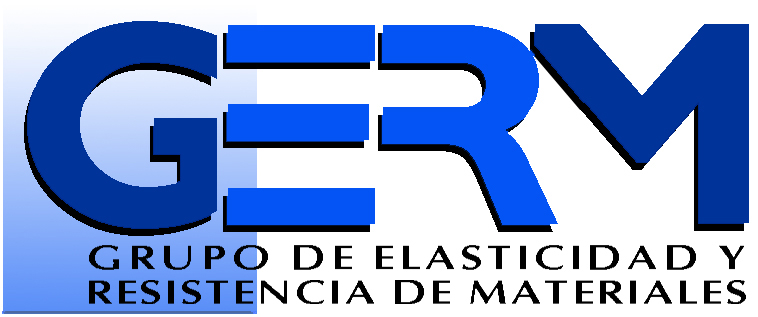
Grupo de Elasticidad y Resistencia de Materiales (Universidad de Sevilla)
Descripción
El Grupo de Elasticidad y Resistencia de Materiales (GERM) de la Escuela de Técnica Superior de Ingeniería de Sevilla tiene sus orígenes en la Cátedra del mismo nombre de la titulación de Ingeniería Industrial que en los años 80 del pasado siglo se impartía en la entonces Escuela de Ingenieros Industriales de Sevilla. Con el tiempo, En los años 90 fue reconocido como Grupo TEP-131 de la Junta de Andalucía y también como Grupo de la Asociación de Investigación y Cooperación Industrial de Andalucía (AICIA), permaneciendo todo ello hasta nuestros días.
